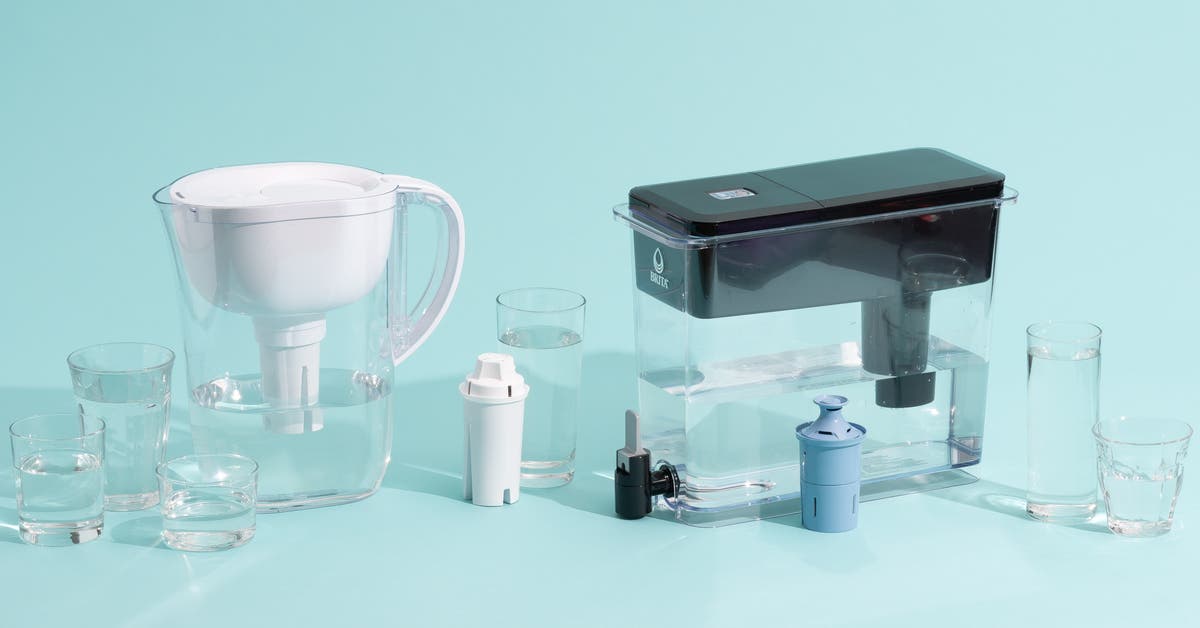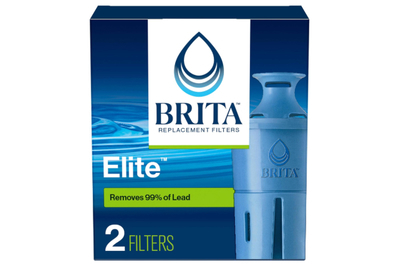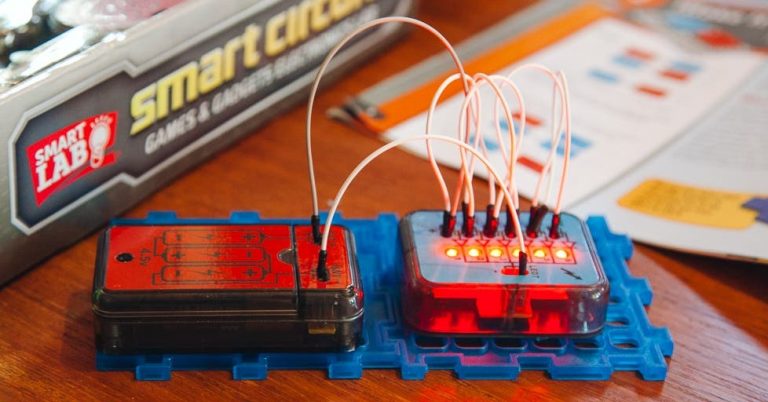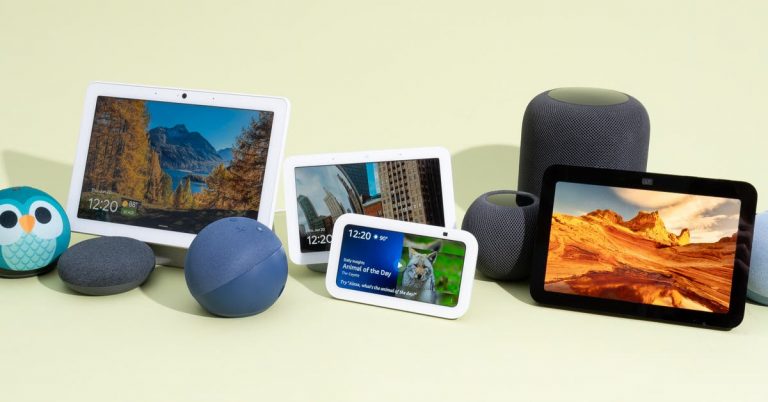The 5 Best Water Filter Pitchers & Dispensers of 2025

Top pick
The Brita Elite Filter (formerly the Longlast+) is ANSI/NSF-certified for more than 30 contaminants (PDF), including lead, mercury, microplastics, asbestos, and two common PFAS: perfluorooctanoic acid (PFOA) and perfluorooctane sulfonate (PFOS). That makes it the most comprehensively certified pitcher-type filter we have tested, and the one we recommend to people who want the most peace of mind.
We like it for a few other reasons, too:
It is certified to remove many additional common pollutants. These include chlorine (added to water supplies to reduce bacteria and other pathogens, it’s the primary cause of “bad-tasting” tap water); carbon tetrachloride, a volatile organic compound that damages the liver; and multiple “emerging compounds” that increasingly are found in water supplies, including bisphenol A (BPA), DEET (a common insect repellant), and estrone, a synthetic form of the hormone estrogen.
While most pitcher filters have a replacement schedule of every 40 gallons or two months, the Elite is rated to 120 gallons or six months. In theory, that means you’ll use just two Elite filters a year instead of six—and, as a result, generate less trash and spend about 50% less on refills.
It works quickly for a pitcher filter. In our testing, a new Elite filter took just five to seven minutes to process a complete refill. Similarly specced filters we’ve tested took longer—often 10 minutes or more.
But there’s a caveat. Like virtually all pitcher-type filters, the Elite is vulnerable to clogging, which can reduce its filtration speed or even stop it from filtering entirely, meaning you’ll have to replace it more often. Many, many owners complain of this problem, and in our testing, the Elite began to slow down long before reaching its 120-gallon capacity. If you have a known issue with sediment in your tap water (commonly a symptom of rusty pipes), your experience will likely be the same.
And you may not need all of the Elite’s protections. If you know you have good-quality tap water—which an at-home test kit can tell you—we recommend the basic Brita Standard Pitcher and Dispenser Filter instead. With only five ANSI/NSF certifications (PDF), including chlorine (but not lead, organic compounds, or emerging contaminants), it is not nearly as well certified as the Elite. But it’s a less inexpensive, less clog-prone filter that can improve your water’s taste.
Installing Brita’s filters is pretty easy to mess up. The filter initially drops into place, seemingly solidly. But it actually takes an additional shove to fully seat it. If you don’t give it that shove, unfiltered water may leak around the filter’s sides when you fill the upper reservoir, meaning your “filtered” water actually isn’t. Some of the filters we bought for 2023 testing also needed to be oriented so that the long slot on one side of the filter slipped over a corresponding tab found in some Brita pitchers. (Other pitchers, including our top-pick 10-cup Standard Everyday, don’t have the tab and allow the filter to be oriented any way you choose.)
Brita’s companion pitcher
Best for…
The 10-cup Brita Standard Everyday Pitcher (specifically, the version with a SmartLight replacement indicator and an Elite filter included) is so ubiquitous that it’s likely what most of us envision when we think of a filter pitcher. It’s also our favorite of Brita’s many pitchers, primarily because it’s the easiest to take apart for cleaning and has no nooks and crannies where gunk can accumulate. A thumb-flip cap leaves your other hand free to operate the faucet when refilling. Its SmartLight indicator directly measures how much water you’ve used and lets you know when it’s time to replace the filter. And its simple C-shaped handle is Brita’s most comfortable design.
The Standard Everyday is an Amazon exclusive; Brita sells its similar Tahoe Water Pitcher at Walmart, Target, and other retailers. The chief difference between the two is the Tahoe’s angular, D-shaped handle, which we found slightly harder to grip.
Though it’s billed as a 10-cup model, the Everyday pitcher holds about 11.5 cups, enough for a small household’s daily needs. It weighs a little over 7 pounds when full, which can put a bit of strain on the wrist; the smaller, 6-cup Brita Space Saver Water Pitcher weighs about 4.5 pounds when full, though it comes with a standard Brita Pitcher and Dispenser Filter, so you’ll need to buy Elite filters separately.
More broadly, any Brita pitcher or dispenser that comes with the Brita Pitcher and Dispenser Filter will also fit the Elite filter, and vice versa. Brita’s Stream pitchers fit neither.
Getting really technical, the Elite filter’s certifications apply only when it is used in a pitcher or dispenser with a performance indication device (PID) that directly measures the volume of water that’s passed through a filter—not merely a countdown clock that measures the elapsed time it’s been in use. But ANSI/NSF certification testing is so rigorous that we don’t think this matters. The presence of a PID means the filters have to successfully clean “only” 120% of their rated capacity of highly contaminated test solutions during ANSI/NSF certification, versus 200% for filters tested on non-PID pitchers and dispensers. Either way, that’s a far sterner challenge than almost any tap water will provide.
Brita’s companion dispenser
Best for…
Brita’s Ultramax Dispenser (here, the version with a SmartLight and Elite filter) holds about 18 cups of filtered water, and another 10 or so in reserve in the upper refill reservoir. That makes it especially suited for families and other households that go through a lot of water each day. We’ve come to appreciate several other virtues of dispensers, too. Young children can use them, since pouring a glass of water just means using a spigot (which also snaps itself closed after use, preventing spills). Their long, narrow form makes efficient use of fridge space. And unlike pitchers, they let you pour water while the filter is still working. They’re such a convenient way to keep cold drinking water on hand that guide author Tim Heffernan has used one for years, even though he long ago stopped using the filter—after nearly a dozen water-quality test kits confirmed that his tap water is virtually pristine. The one drawback to dispensers is their weight—about 15 pounds when both the bottom and top reservoirs are full.









